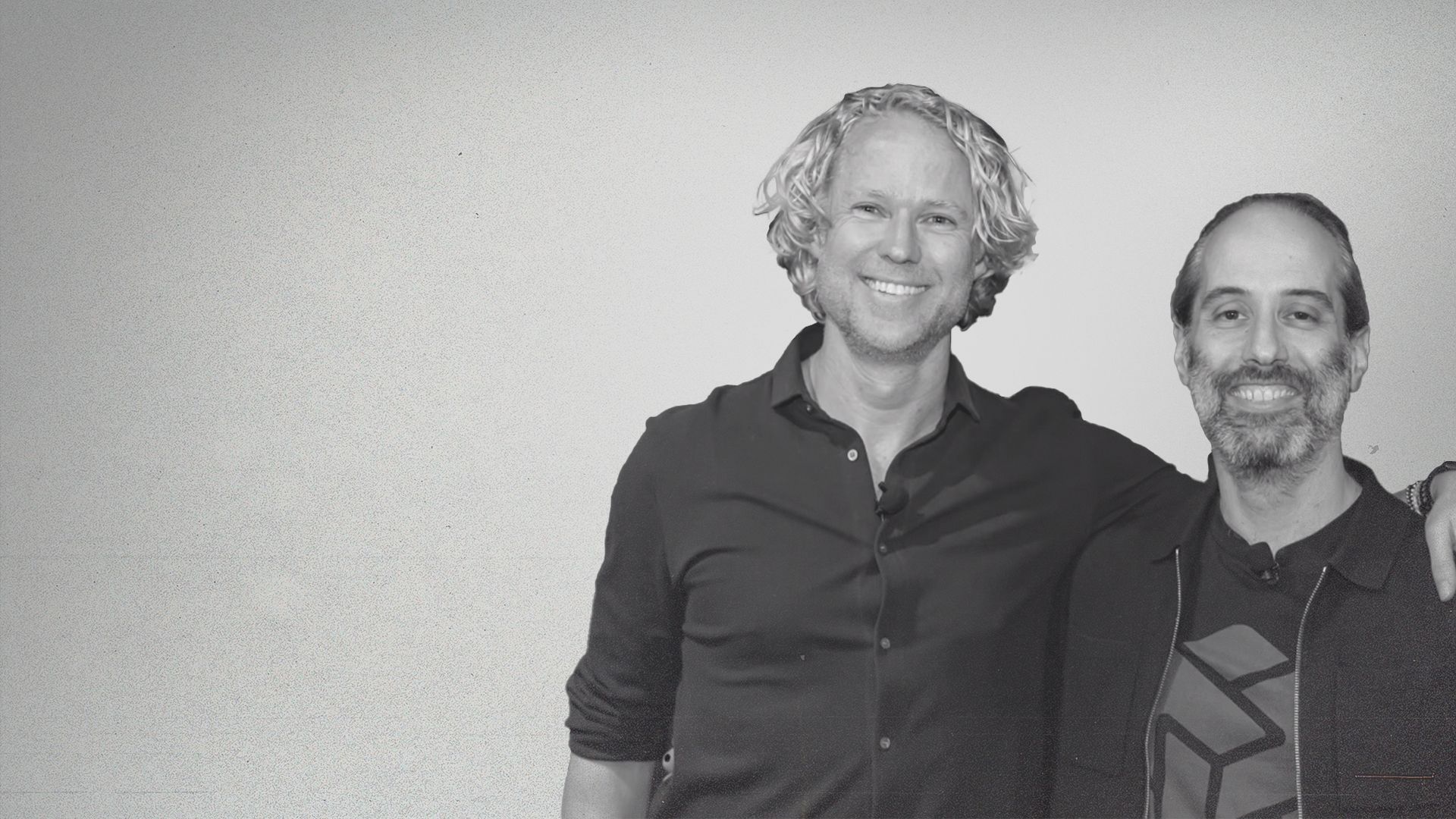

AI's DISRUPTIVE
FORCE
Also available on
In this blog post, Alex Komoroske shares his expertise on AI's transformative impact on technology and creativity. As a seasoned web platform developer, Alex provides a comprehensive look into how AI is reshaping the tech landscape. From enhancing development efficiency to fostering creativity and personalizing user experiences, explore AI's disruptive potential and its importance for developers.
In this episode of AI Native Dev, Alex Komoroske explores the profound influence of AI on development and creativity. As a seasoned expert in web platform development, he offers valuable insights into how AI is redefining technology and fostering innovation. His discussion centers on AI's role as a disruptive force in the tech industry and its potential to enhance human creativity by streamlining mundane tasks.
Alex argues that AI is not just a temporary trend but a disruptive innovation requiring a paradigm shift in perception and application. "AI is not some random technology; it's a fundamental disruptive innovation," he emphasizes. This distinction is vital for understanding AI's true impact on technology.
The conversation delves into AI's capacity to assist developers across various domains, from micro apps to large enterprise software. Alex highlights how AI, particularly Large Language Models (LLMs), can augment human capabilities, enhancing development efficiency and scope. AI's ability to interpret and generate code snippets enables developers to tackle complex challenges more effectively.
Alex expresses enthusiasm for AI's ability to boost human creativity by automating routine tasks. This automation allows developers to concentrate on more innovative work, fostering a creative and efficient development environment. AI infrastructure, by streamlining processes, empowers developers to focus on high-value tasks.
The discussion touches on the balance between decentralization and centralization in technology. Alex likens this dynamic to a "tick tock" effect, where AI might shift these dynamics, enabling more personalized and custom user experiences. This transformation could lead to more dynamic and adaptable ecosystems.
Alex explores AI's potential to offer personalized experiences without relying on centralized corporate changes. This flexibility could result in ecosystems similar to browser extensions, where users can customize their experiences. Such adaptability is crucial for fostering innovation and user satisfaction.
Alex addresses the challenges of writing tests in development, noting how AI could mitigate these burdens by integrating testing more seamlessly into the development process. This integration would reduce development bottlenecks and improve overall efficiency, allowing developers to focus on innovation.
In summary, Alex Komoroske's insights underscore AI's transformative potential in reshaping development practices and enhancing creativity. Key takeaways include AI's role as a disruptive innovation with vast potential, its ability to broaden the development spectrum, opportunities for personalization, and its importance in streamlining processes. As AI evolves, its impact on technology and creativity will likely expand, offering new opportunities for developers to innovate and thrive.

IS CODE DEAD &
THE $1B SOLO
STARTUP
15 Apr 2025
with Guy Podjarny

INTENT-DRIVEN
DEVELOPMENT
25 Mar 2025
with Patrick Debois